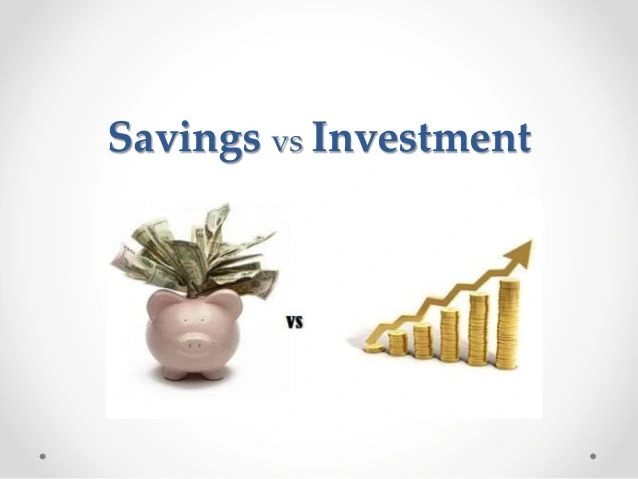When it comes to money, one of the biggest questions people face is:
Should I be saving… or investing?
At first glance, saving and investing might seem similar—they both involve setting money aside for the future. But in reality, they serve very different purposes. Understanding when to save and when to invest can make all the difference in your financial journey.
Let’s break it down in plain terms so you can make the best decision for where you are in life.
What Is Saving?

Saving is putting money aside in a secure place—like a bank account—where it’s easy to access and low-risk. You’re not aiming for big returns. You’re protecting your money and keeping it ready for when you need it.
You should save when:
- You need quick access to the money
- You’re building an emergency fund
- You have short-term goals (like buying a laptop, going on vacation, or paying for a course)
Saving is about safety and liquidity, not high growth.
What Is Investing?

Investing means putting your money into assets like stocks, real estate, mutual funds, or ETFs with the goal of growing it over time. Investing involves risk—but also potential for much higher returns compared to a savings account.
You should invest when:
- You don’t need the money right away
- You’re planning for long-term goals (like retirement, buying a home, or building wealth)
- You’re okay with some ups and downs in the short term
Investing is about growth, not instant access.
Key Differences at a Glance
| Factor | Saving | Investing |
|---|---|---|
| Purpose | Short-term needs | Long-term growth |
| Risk | Very low | Moderate to high |
| Returns | 0.5% to 2% typically | 5% to 10% (long-term average) |
| Accessibility | Highly liquid (e.g., ATM) | Less liquid, may take days/weeks |
| Inflation protection | Weak | Strong (if invested wisely) |
Which Strategy Is Right for You?
Honestly? Both.
Saving and investing aren’t enemies. They’re teammates. The real key is knowing when to use each one.
💡 Use Saving for:
- Emergency funds (3–6 months of expenses)
- Upcoming expenses in the next 1–3 years
- Peace of mind for short-term stability
📈 Use Investing for:
- Retirement planning
- Children’s education
- Building long-term wealth
Here’s a simple rule of thumb:
If you need the money within the next 2–3 years, save it.
If your goal is 5+ years away, invest it.
A Common Mistake to Avoid
One of the biggest mistakes people make is saving all their money and never investing. While saving feels safer, it’s not always smart for the long run.
Why? Because inflation eats into your savings. If your money grows at 1% in a savings account, but prices rise 3% per year, you’re losing money in terms of buying power.
If you want your money to work for you—not just sit there—you’ll eventually need to invest.
Final Thoughts
You don’t have to choose just one path. The smartest money strategies involve a mix of saving and investing, based on your goals, your timeline, and your comfort level with risk.
Start by building your emergency savings. Once that’s secure, begin investing—slowly and steadily. Even small investments can grow into something meaningful over time.
Remember: It’s not about saving vs investing. It’s about using each tool at the right time.

